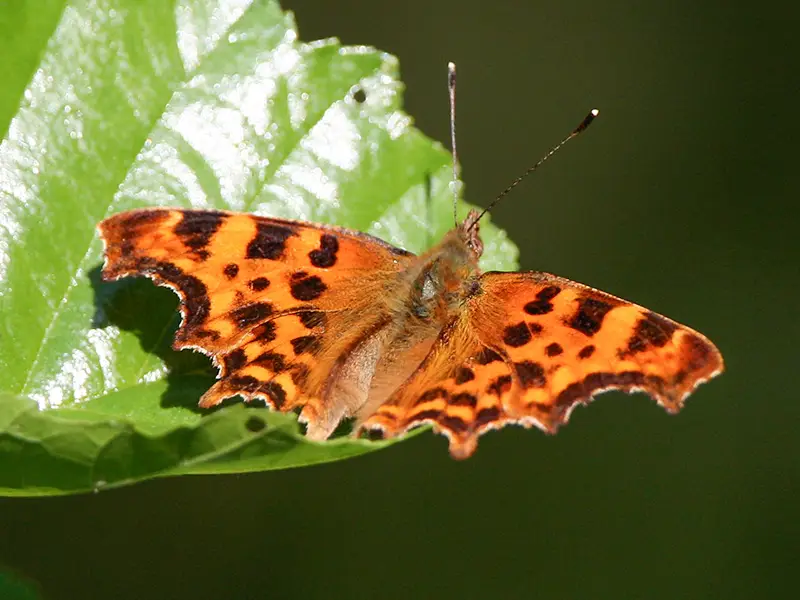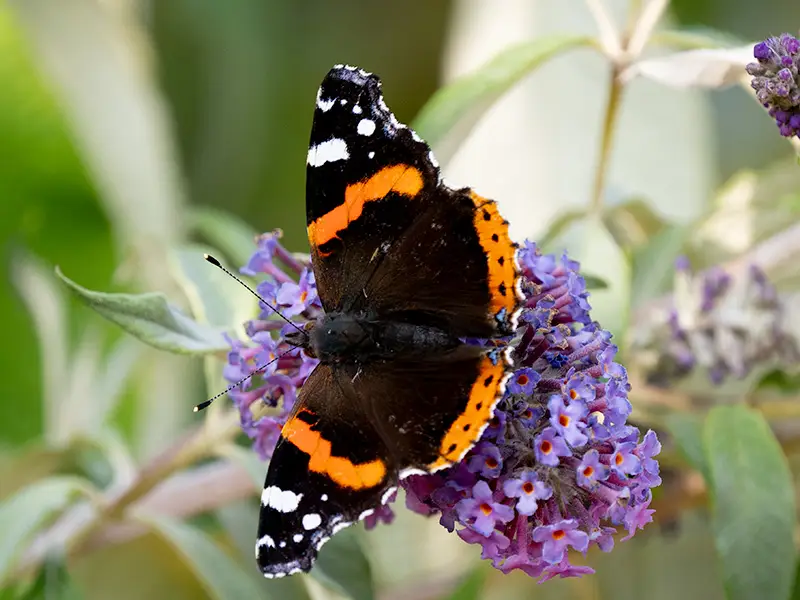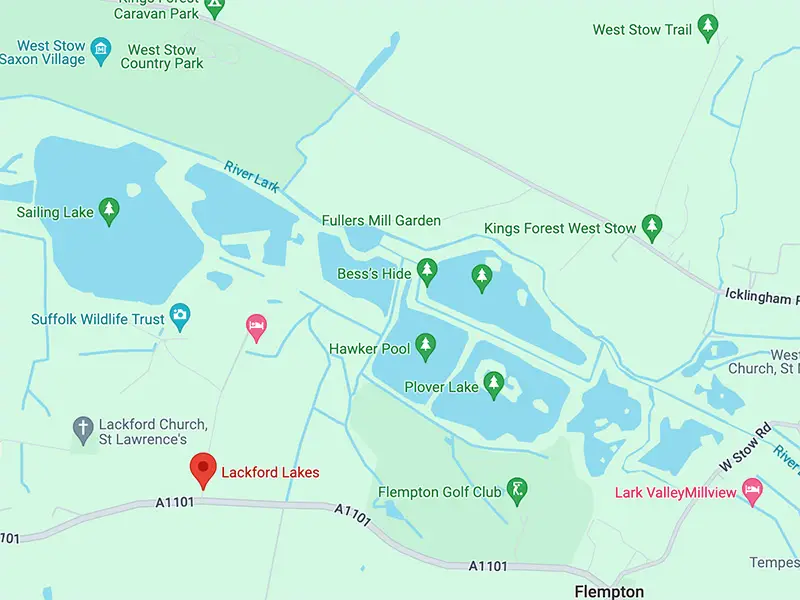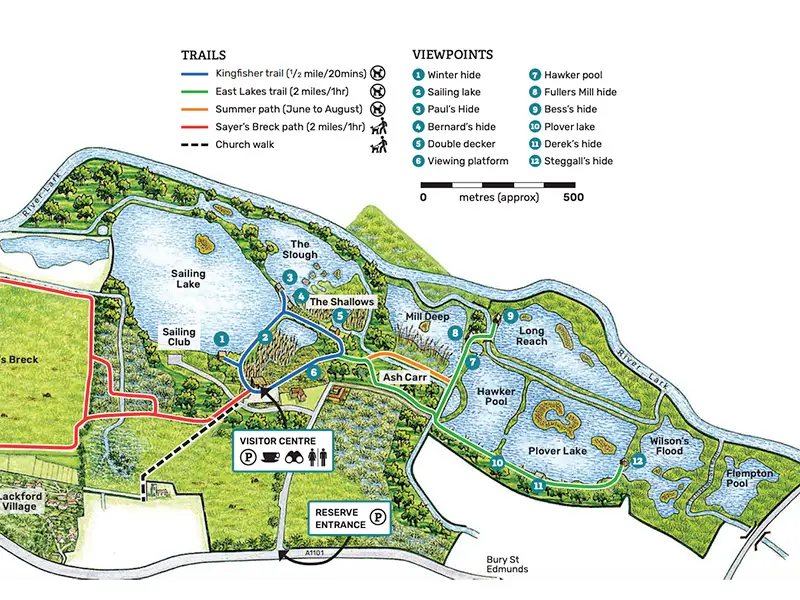The Suffolk Wildlife Trust’s excellent Lackford Lakes Nature Reserve is in many ways our local birding ‘patch’ as it’s only a short drive from our village, it provides a wide range of habitats and has an informative visitor centre and cafe. The reserve has a number of trails that wind around some disused sand and gravel pits, and 12 hides and viewpoints giving excellent vantage points for photography of birds on the water. We have been visiting Lackford Lakes since 2009 and below we show some of our favourite photographs taken at the reserve since those early days.
Lackford Lakes gives some of the best opportunities to see and photograph kingfishers in our area. On most visits you see a flash of turquoise as a kingfisher flies across one of the lakes and if you’re very lucky, you’ll see one land on one of the strategically placed dead branches placed in the water just in front of the hides. The latter situation has given us our best photographs of the Common Kingfisher, with Paul’s Hide being particularly good for us.
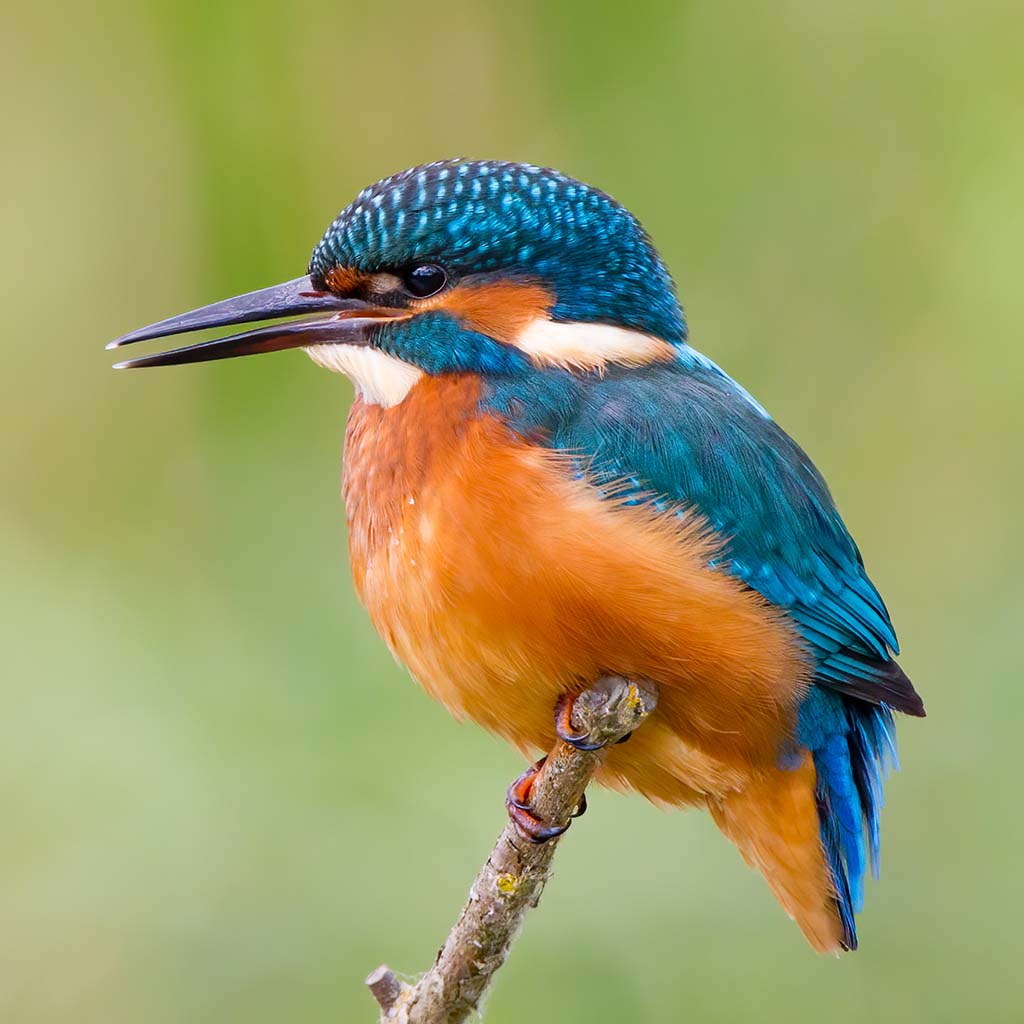
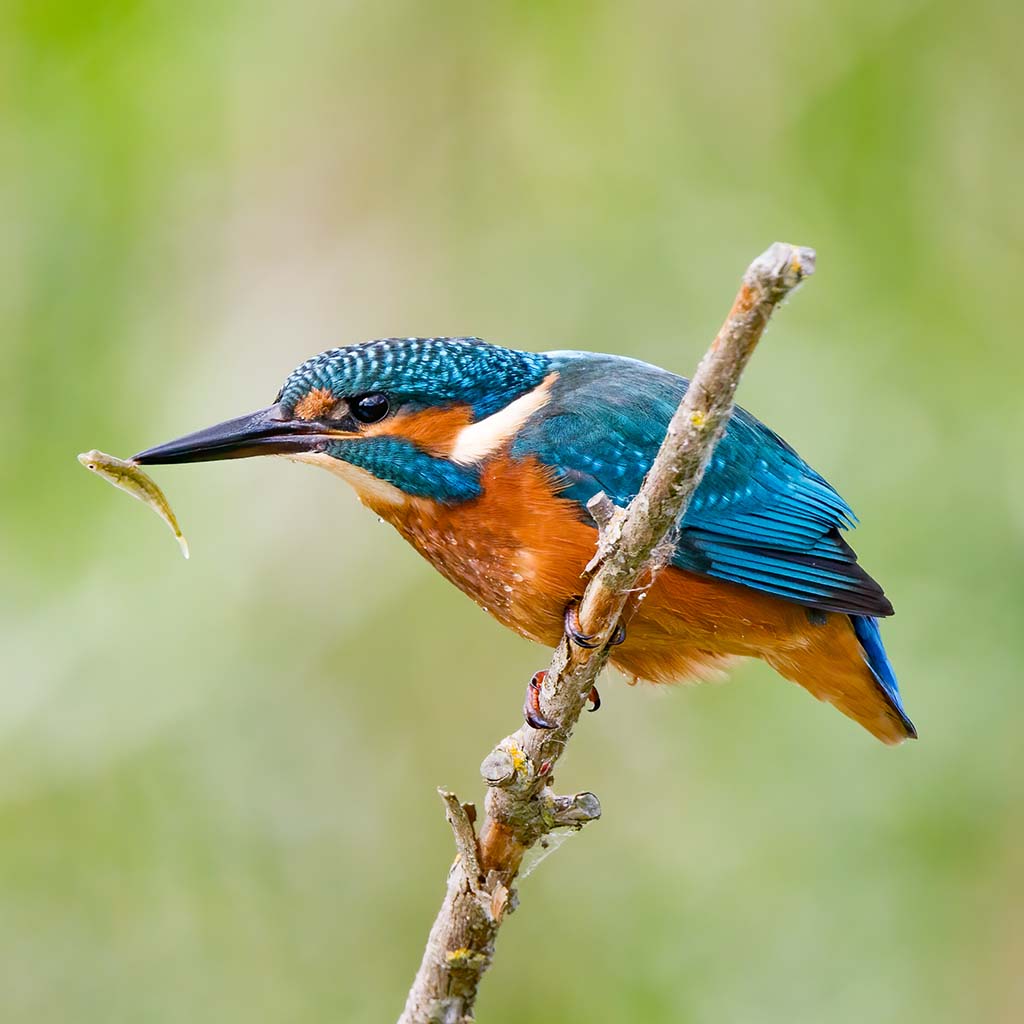
Throughout the year there are always a good variety of ducks and other water birds on the lakes, and especially the islands in the middle of the bodies of water. Here are a selection of birds on the water that we’ve photographed since we first visited the reserve.
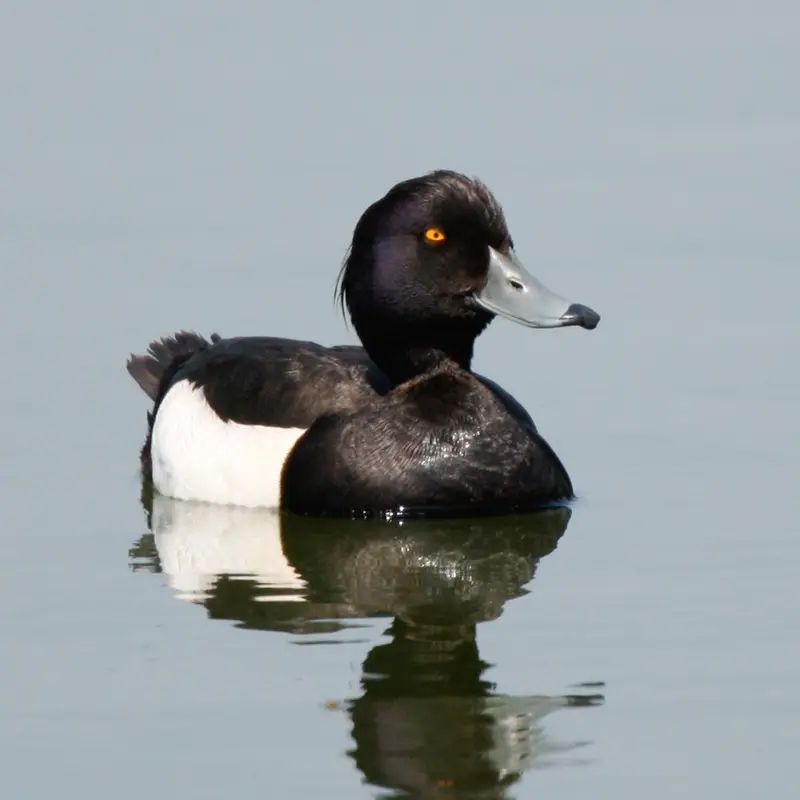
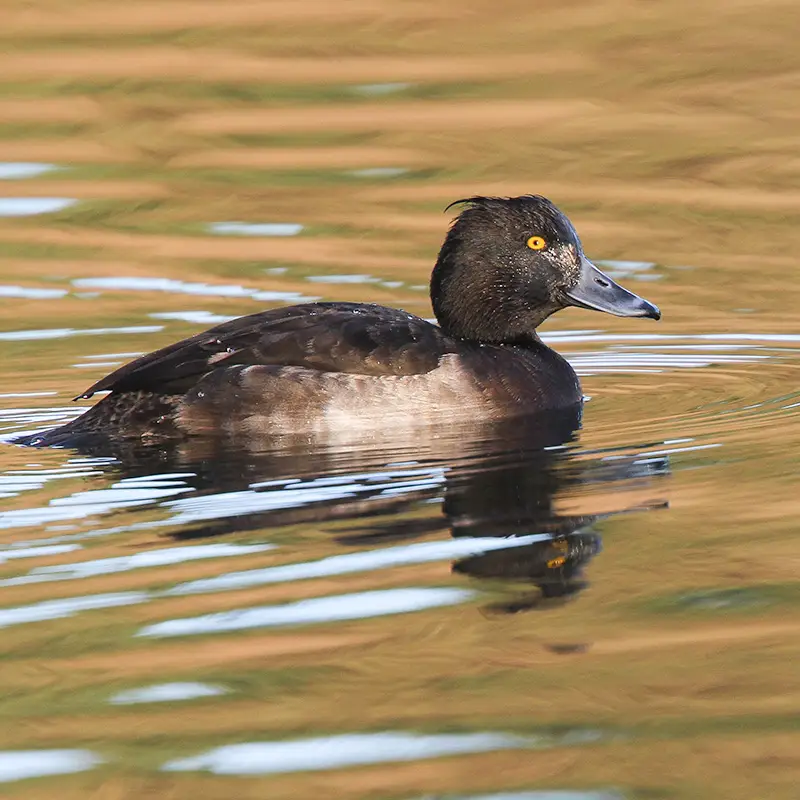
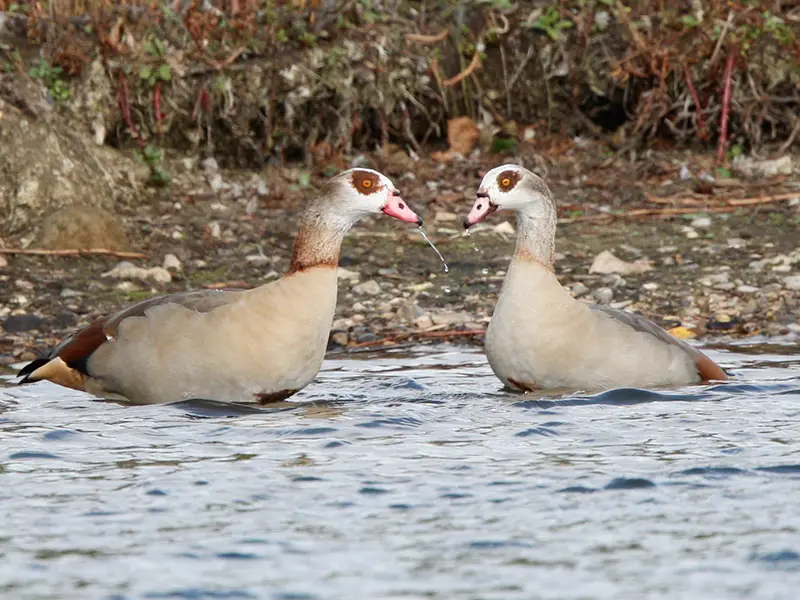
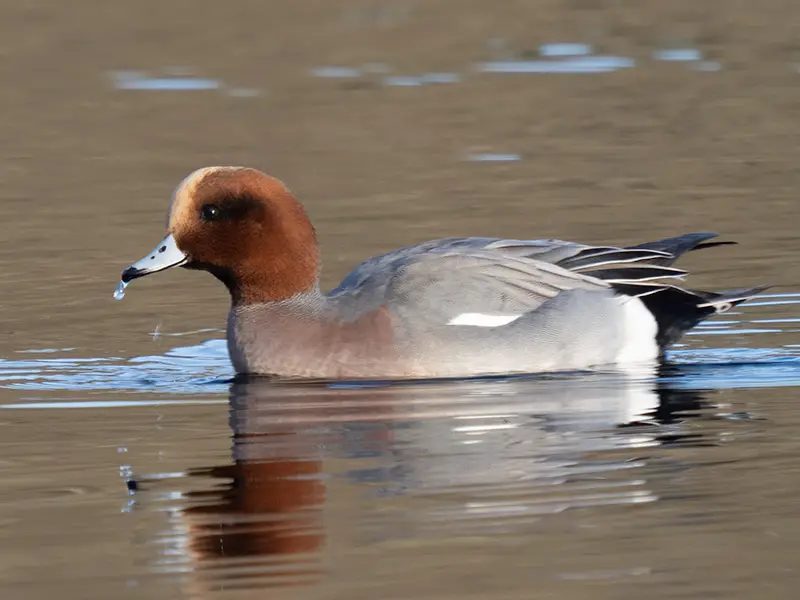
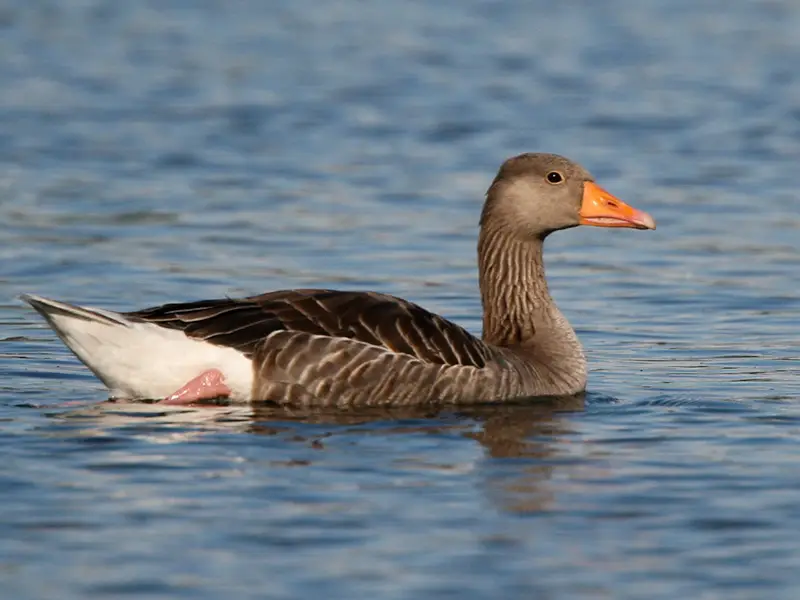
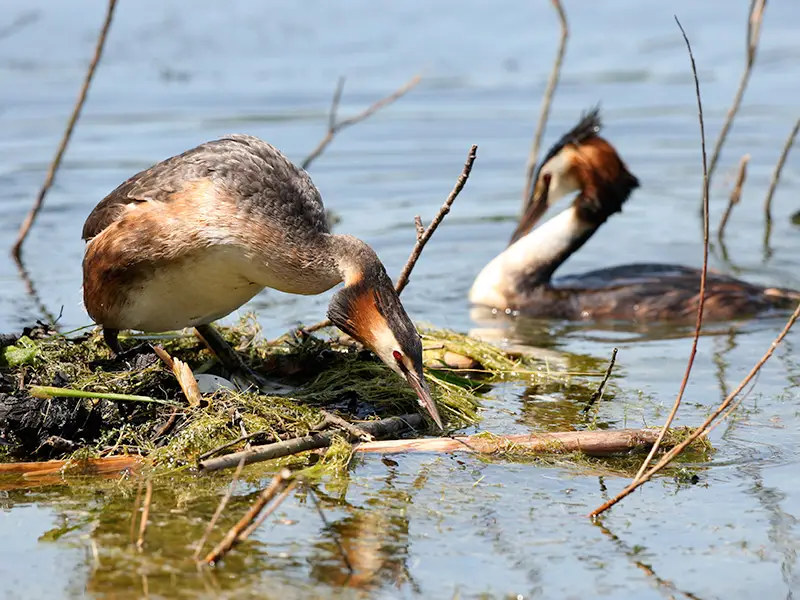
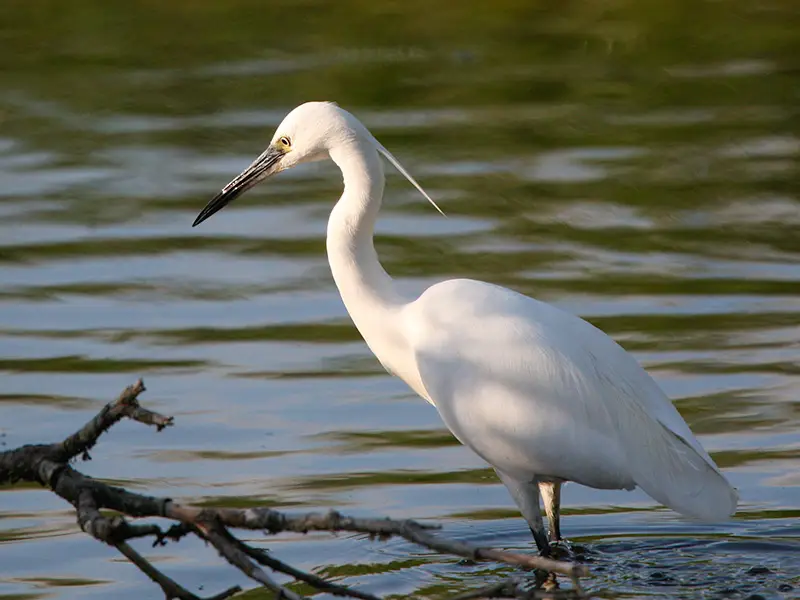
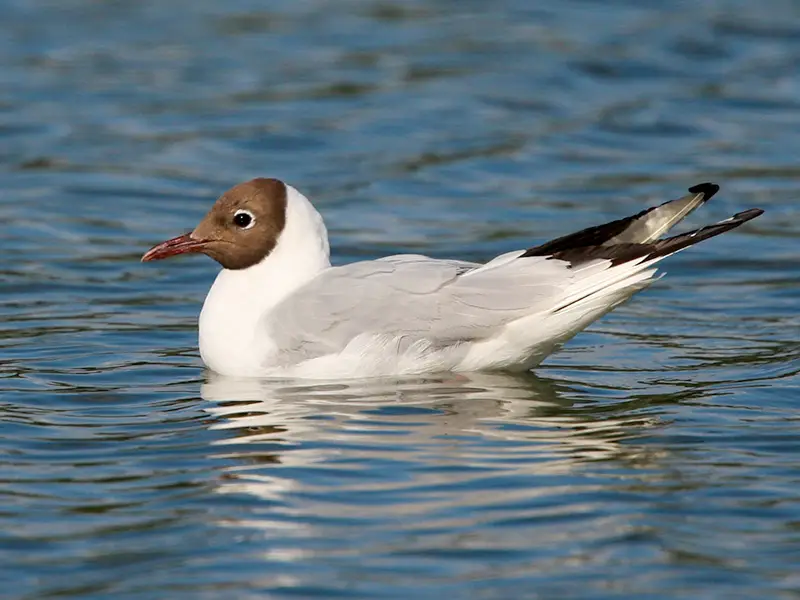
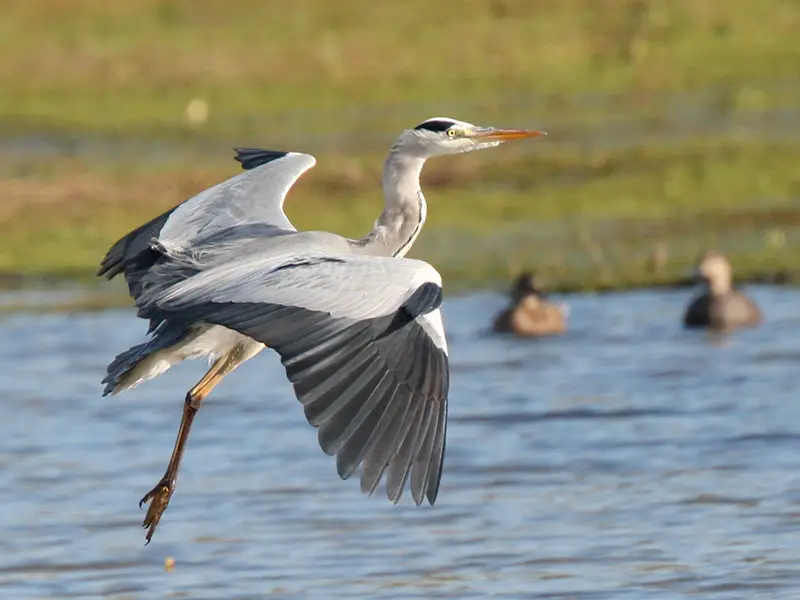
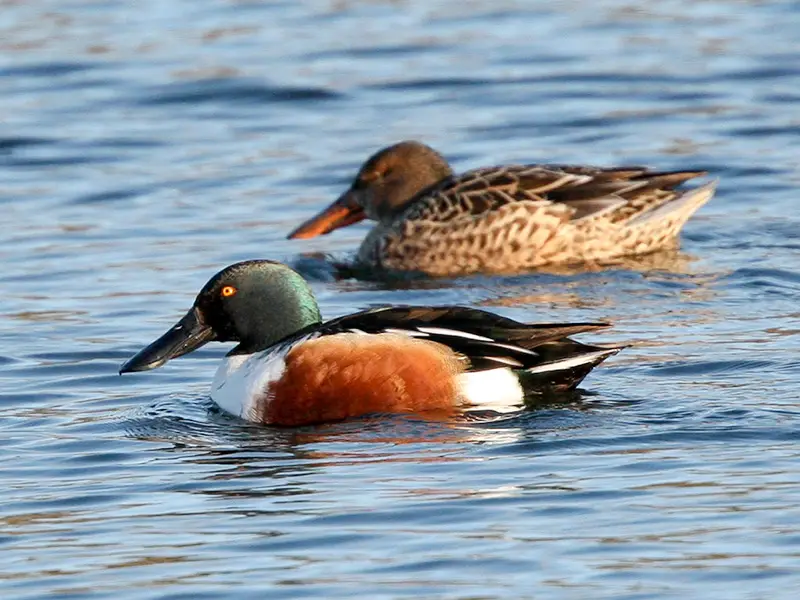
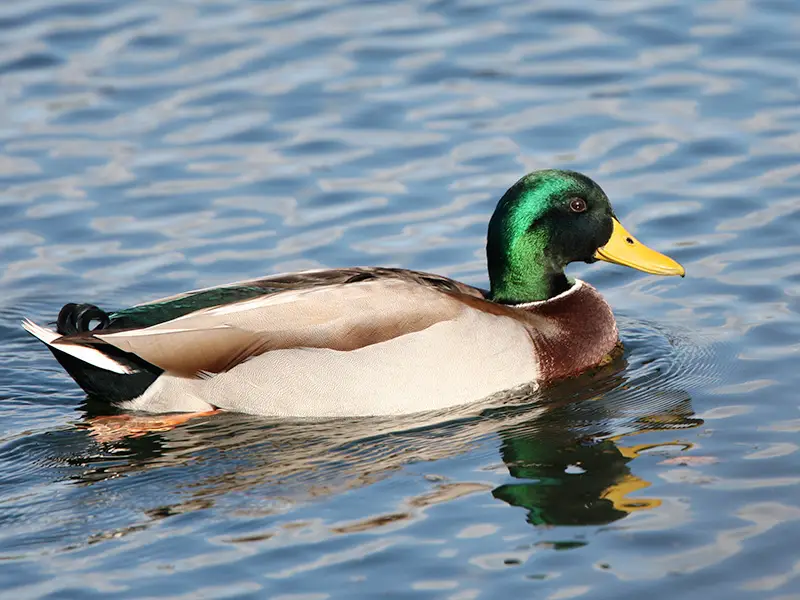
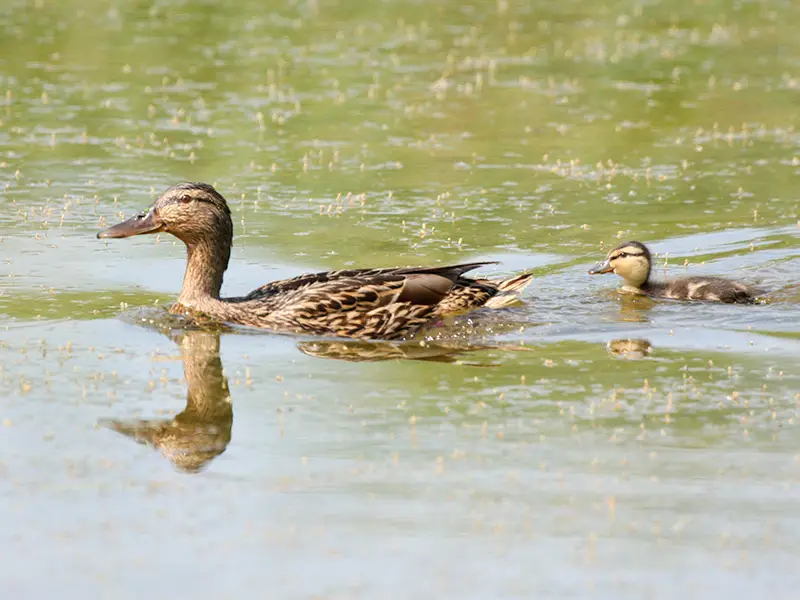
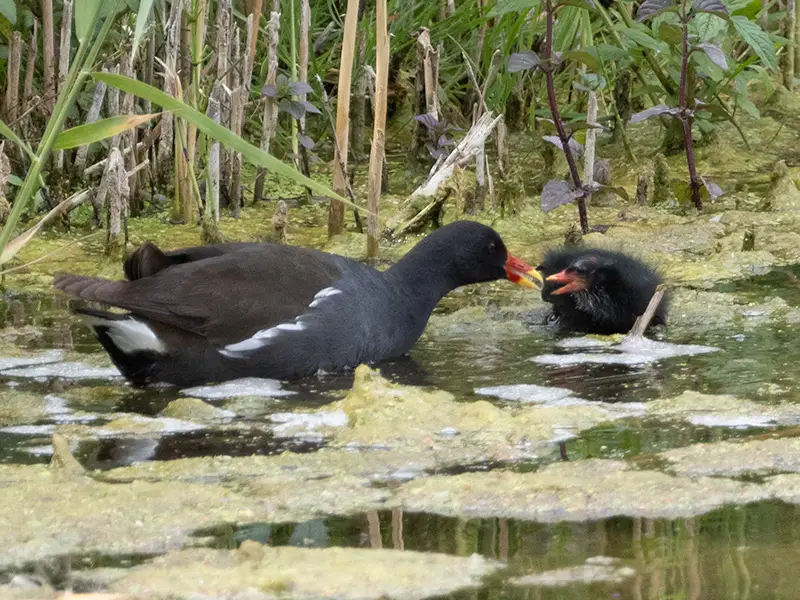
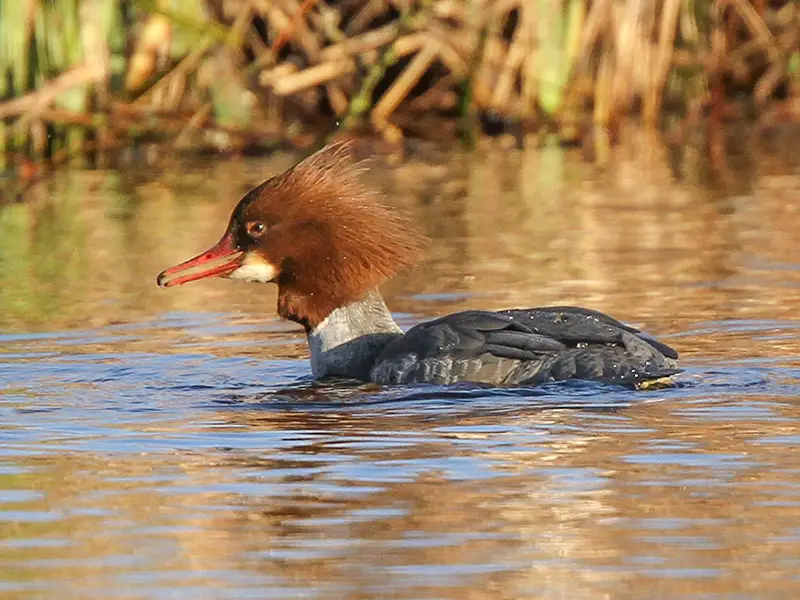
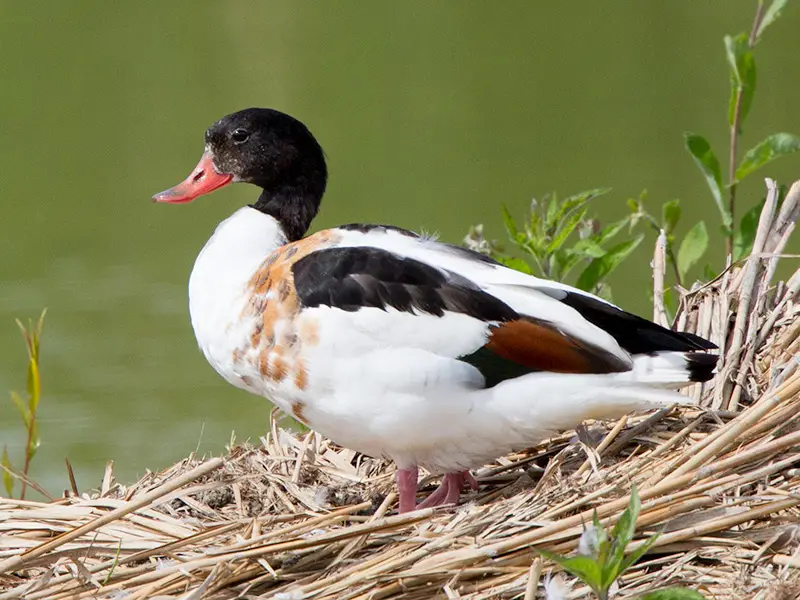
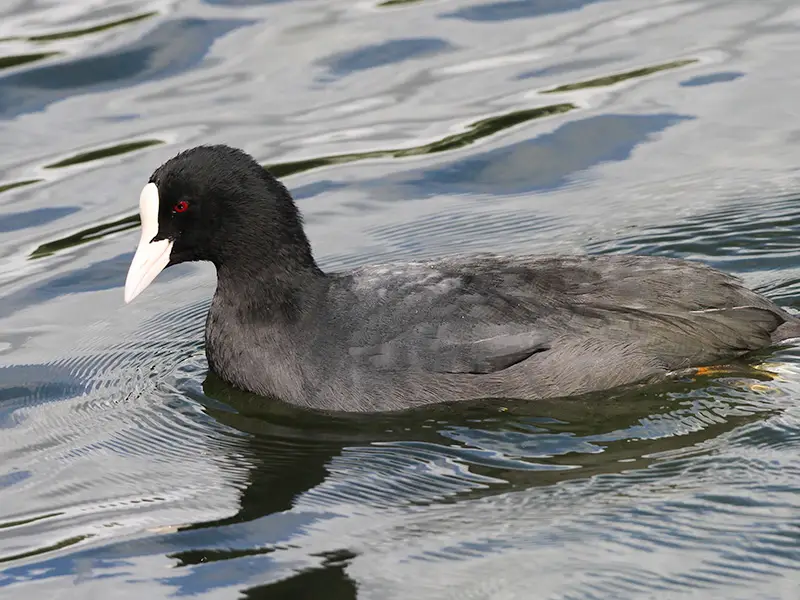
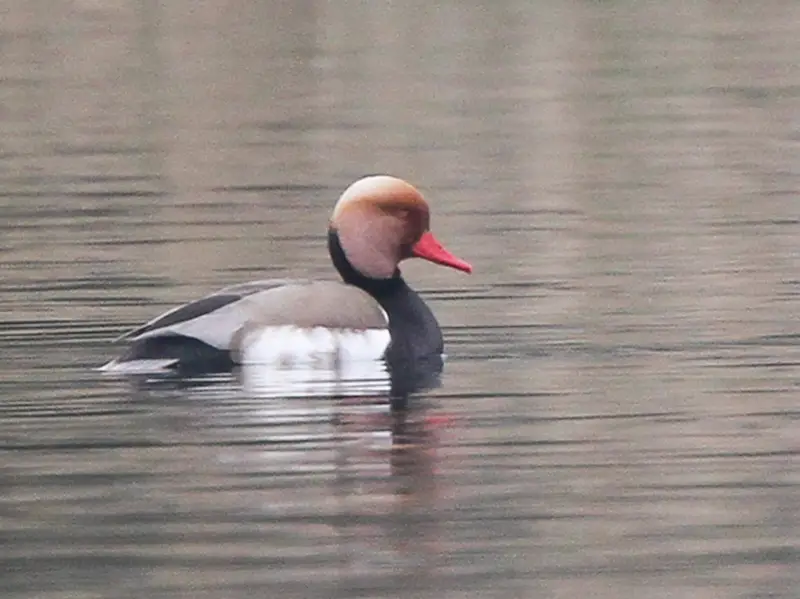
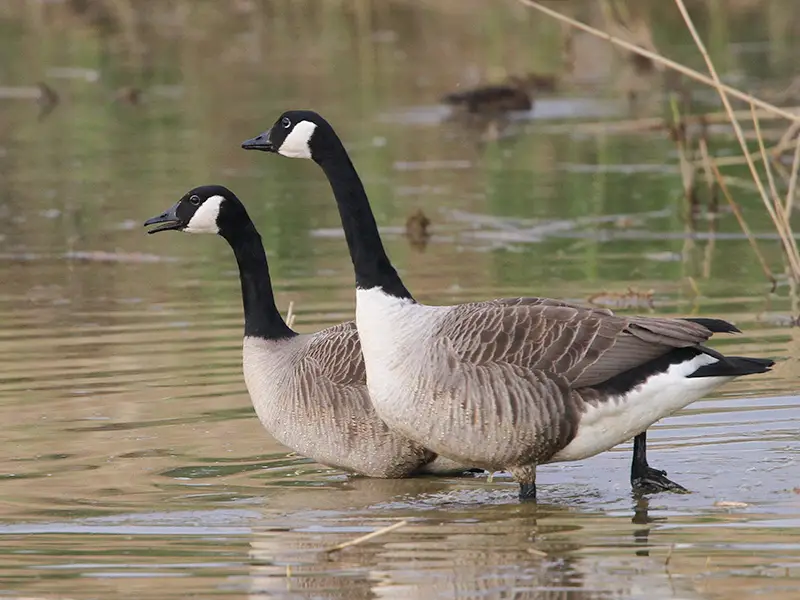
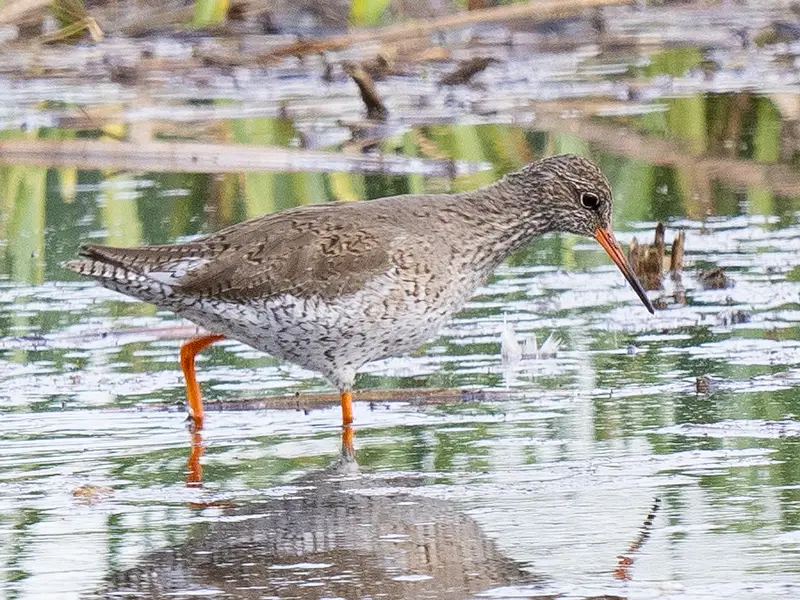
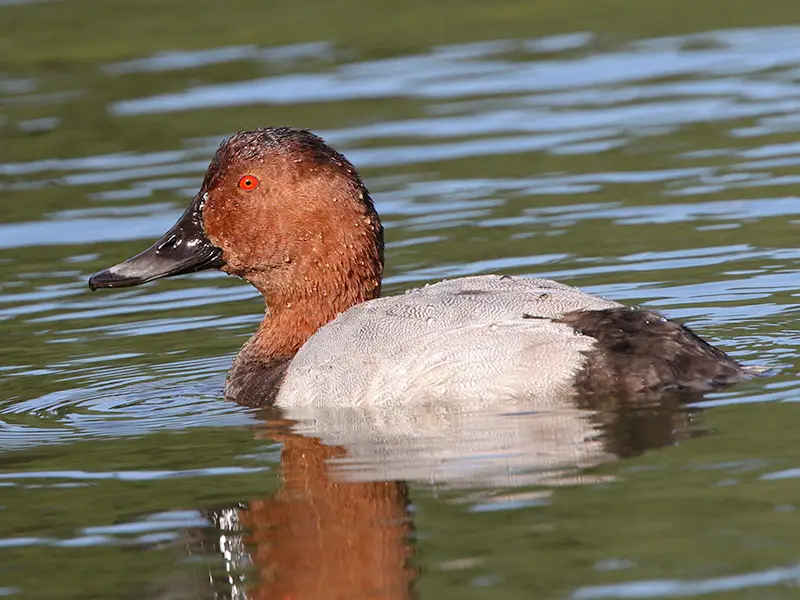
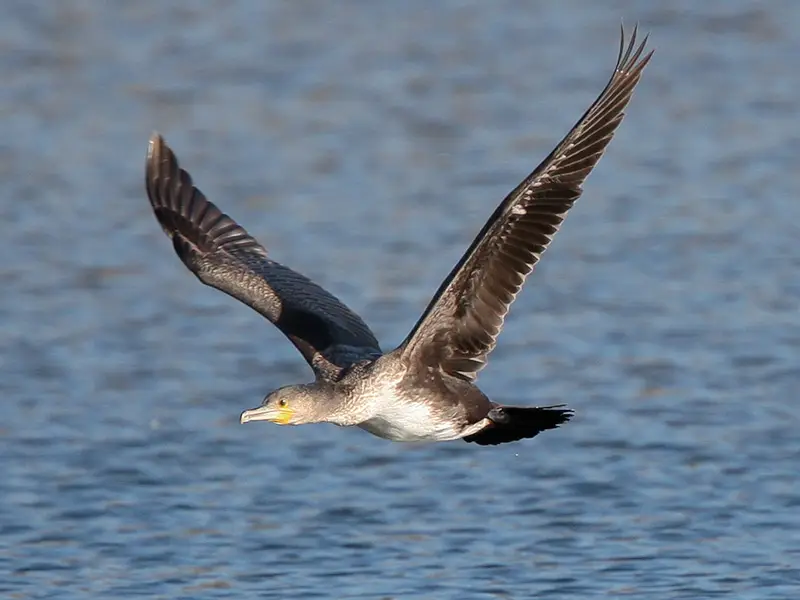
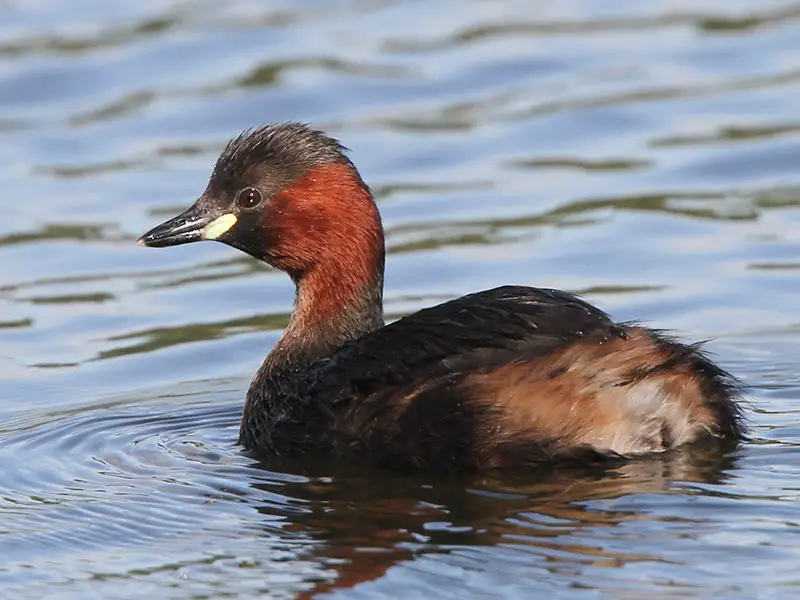
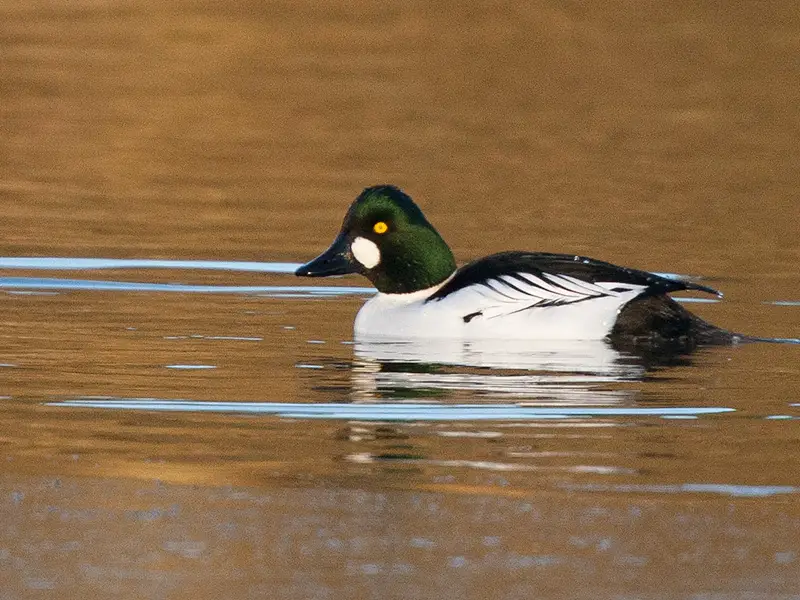
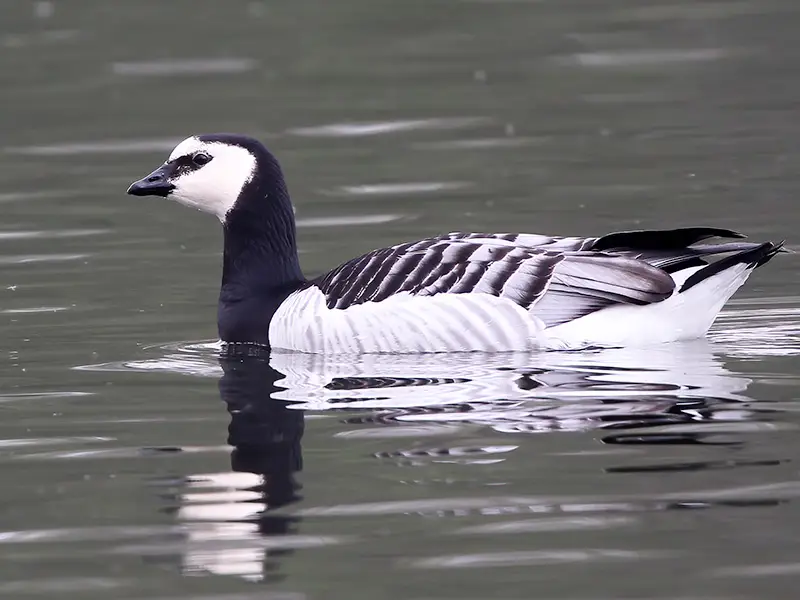
The hides give excellent views of the reeds surrounding the ponds and Reed Warblers and Sedge Warblers can often be seen flying in and out of the reeds and occasionally perching for a while, giving good photographic opportunities.
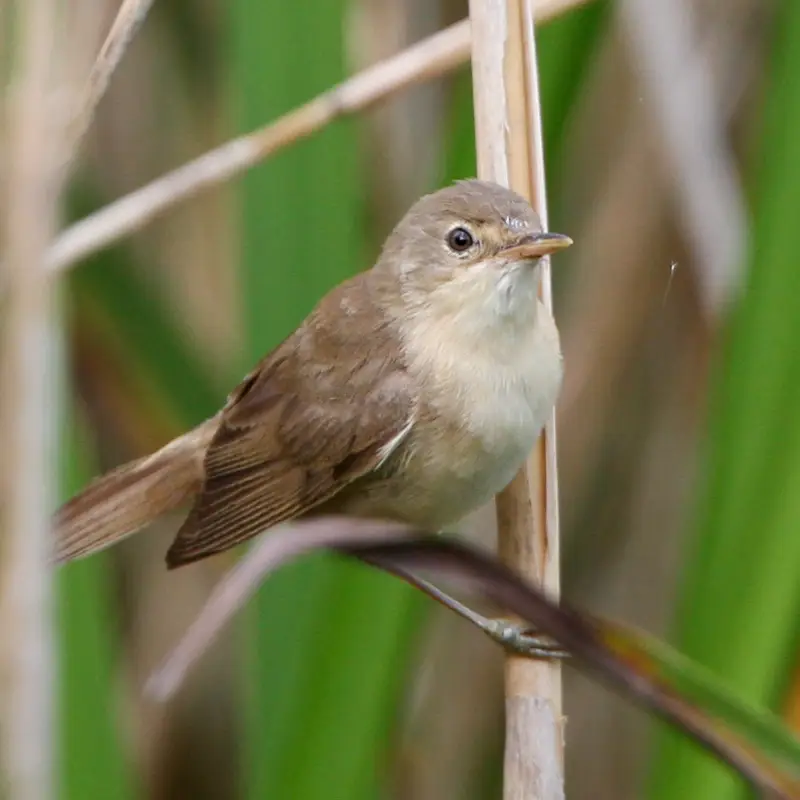
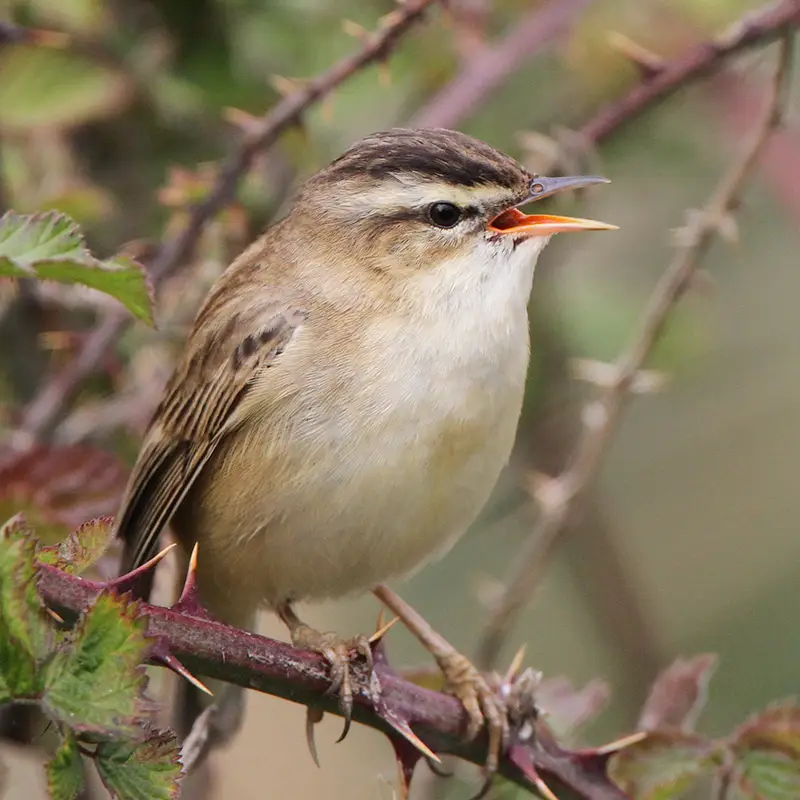
The wooded area between the double decker hide and Ash Carr is particularly good for woodland birds since there are a number of logs on the ground on which visitors often place seed, drawing in some very tame birds, including Marsh Tit, Nuthatch and Robins.
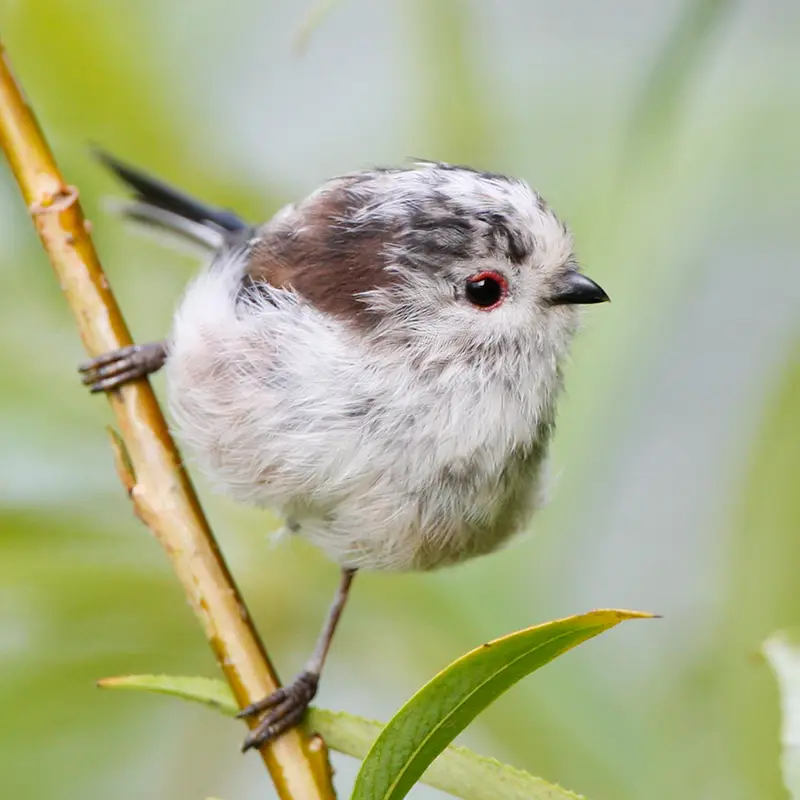
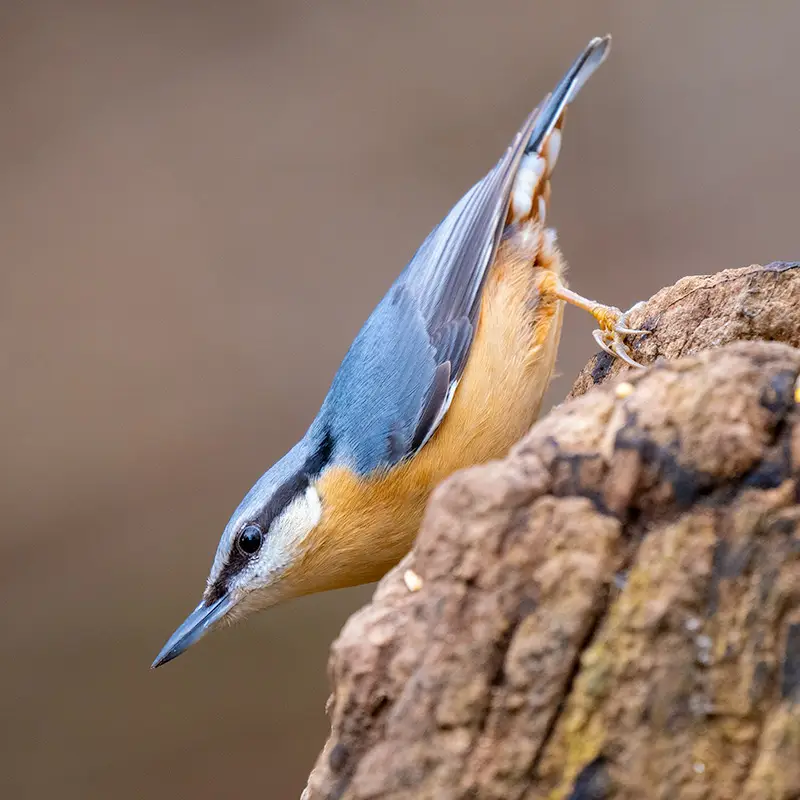
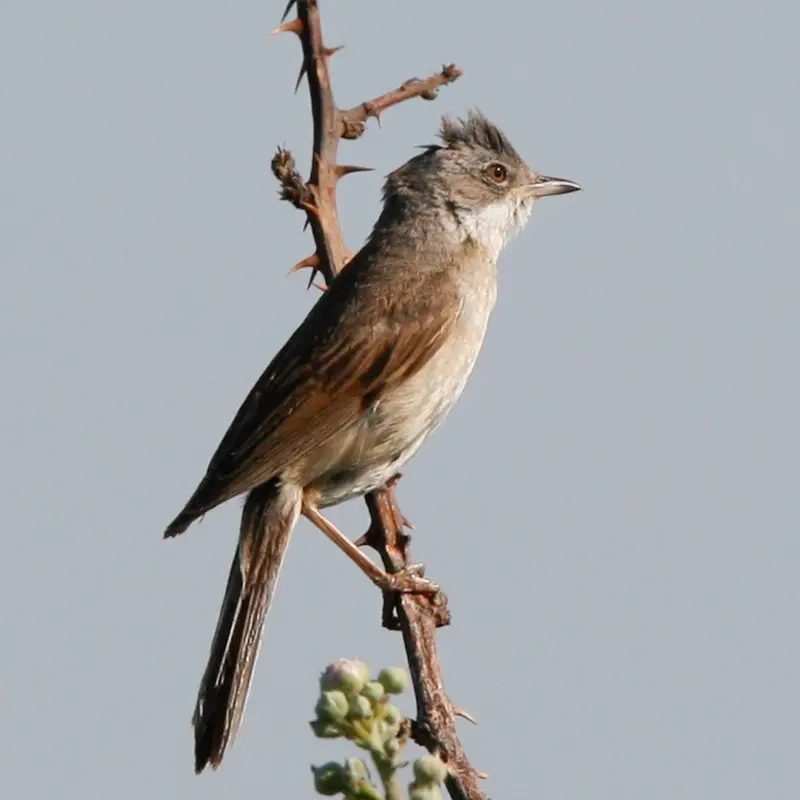
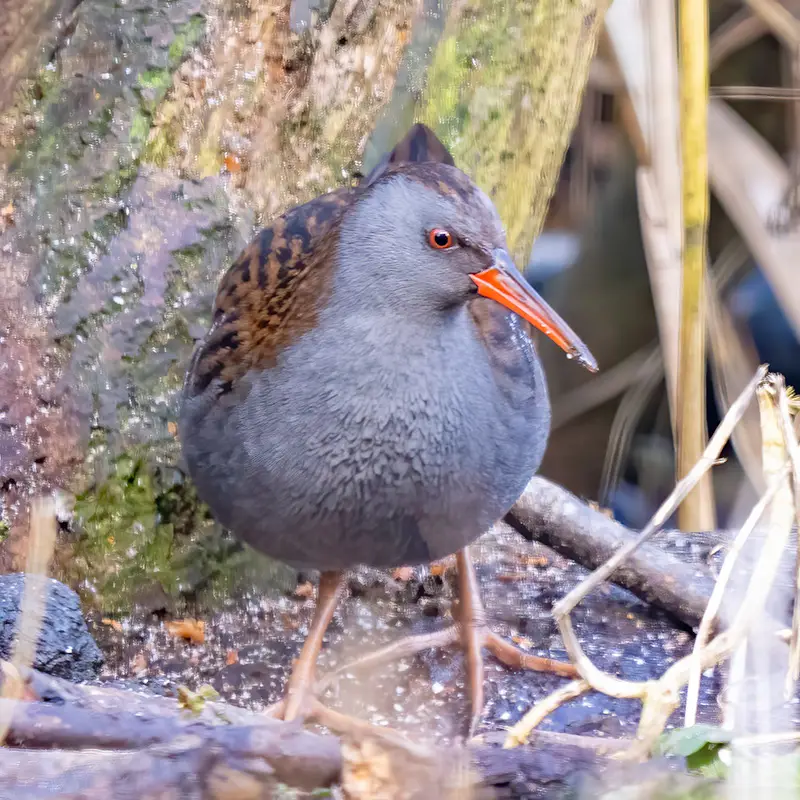
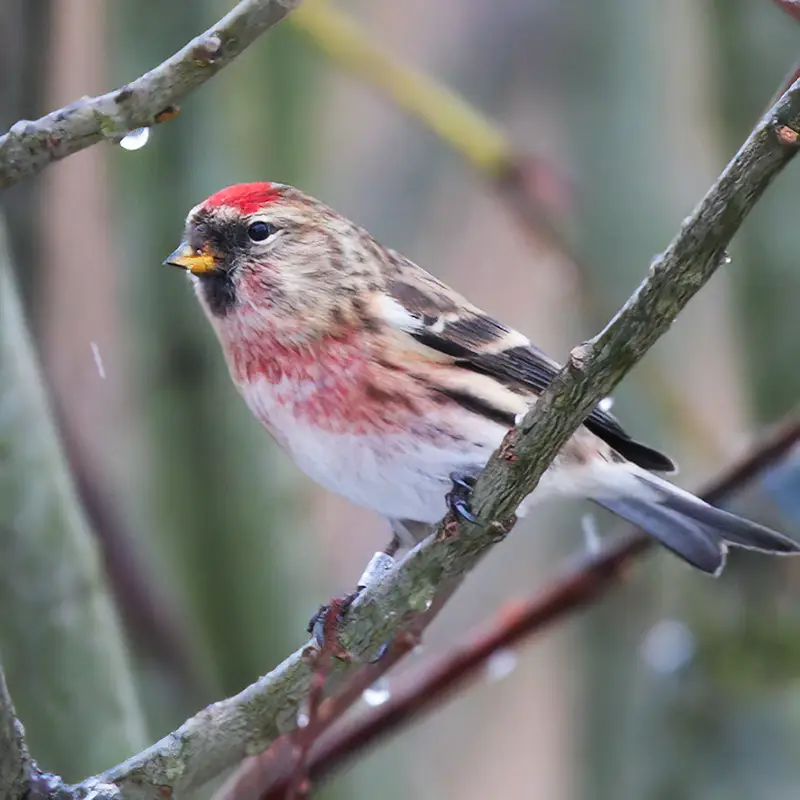
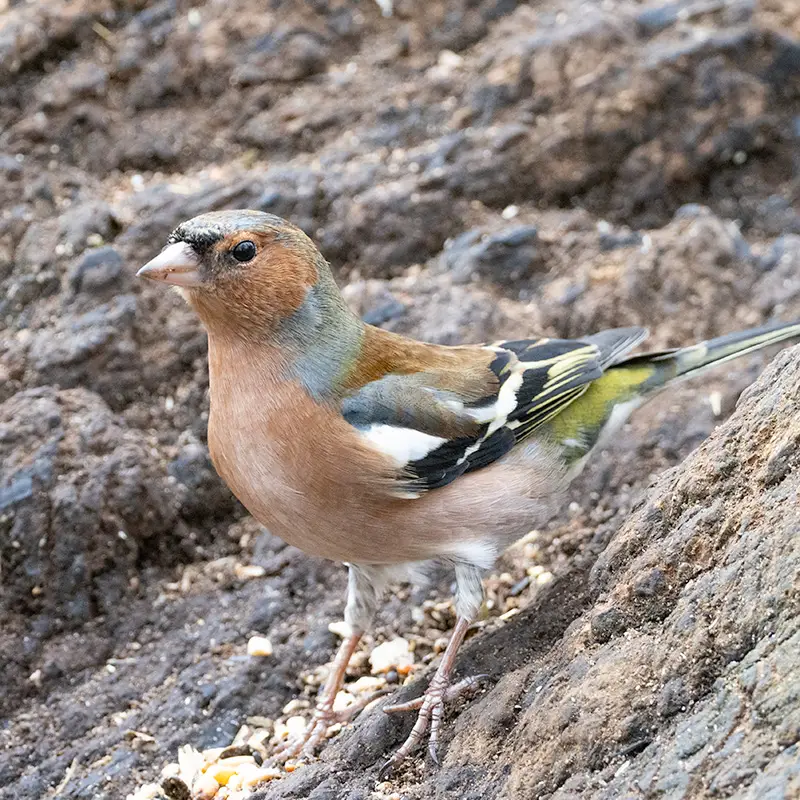
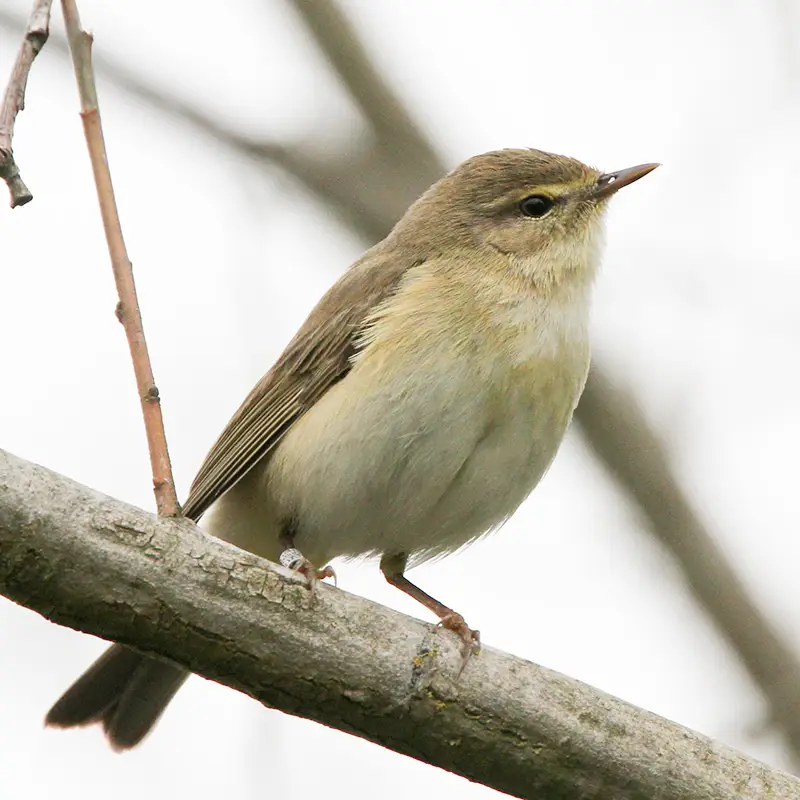
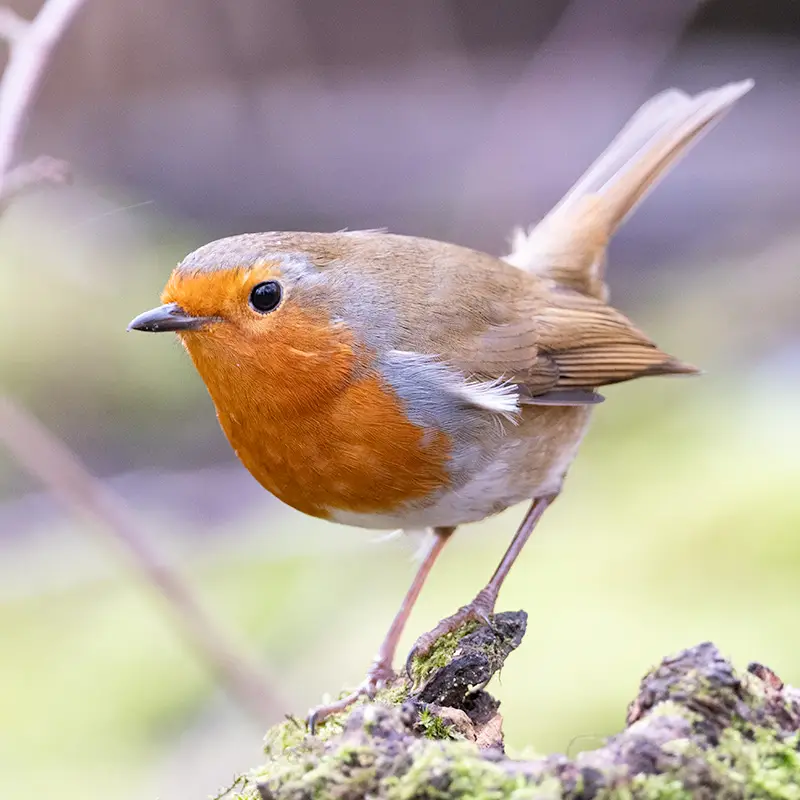
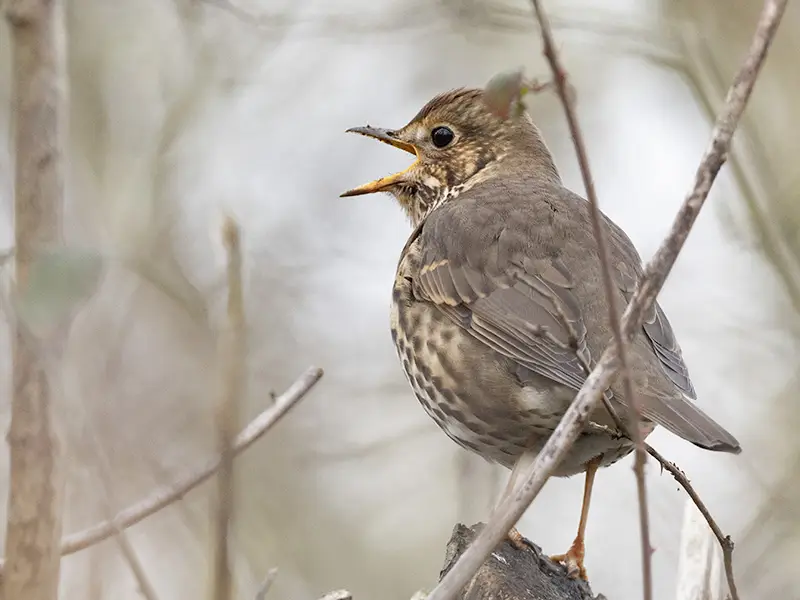
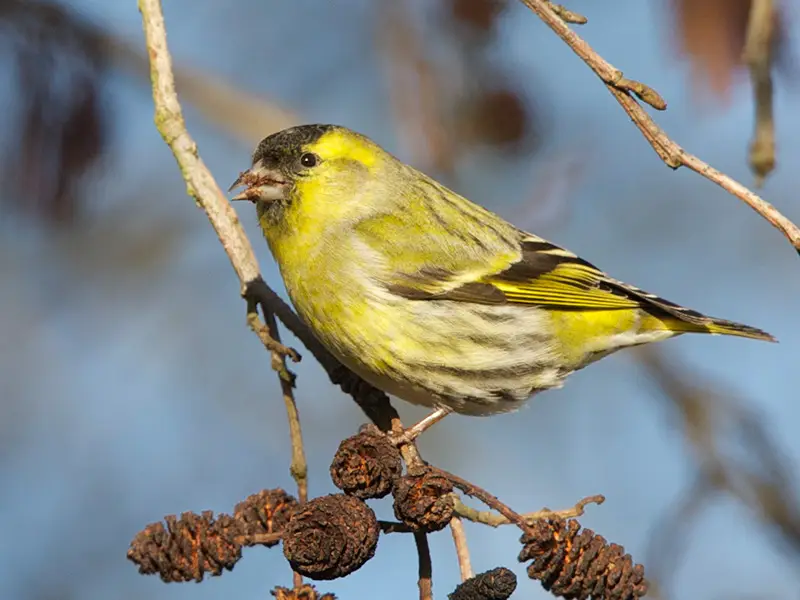

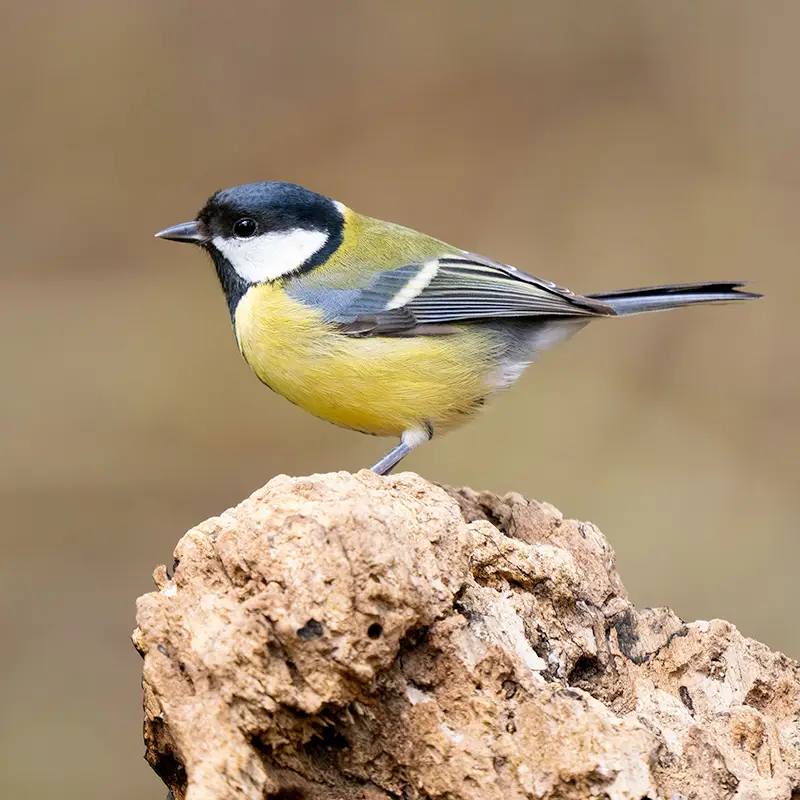
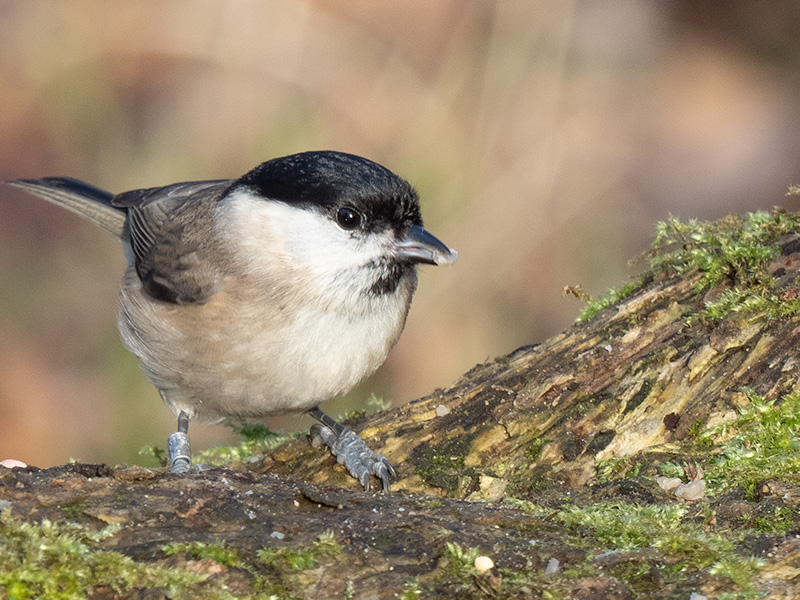
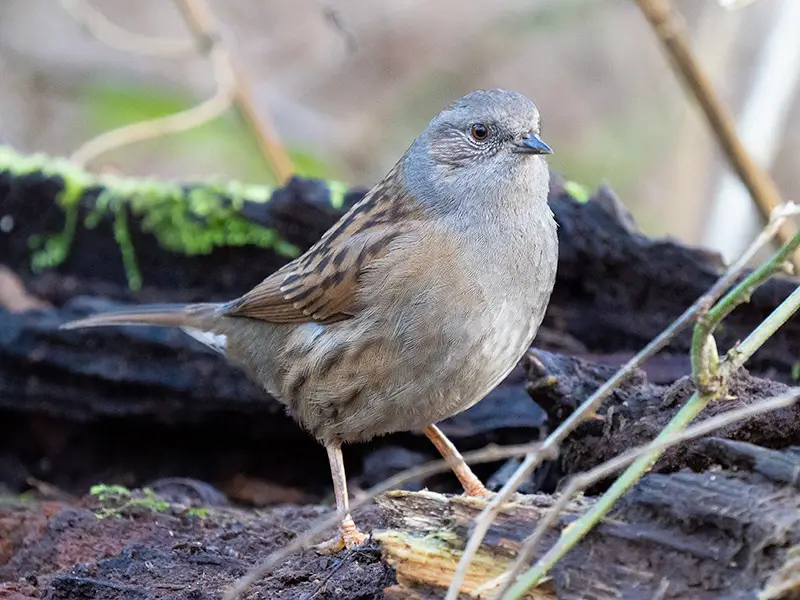
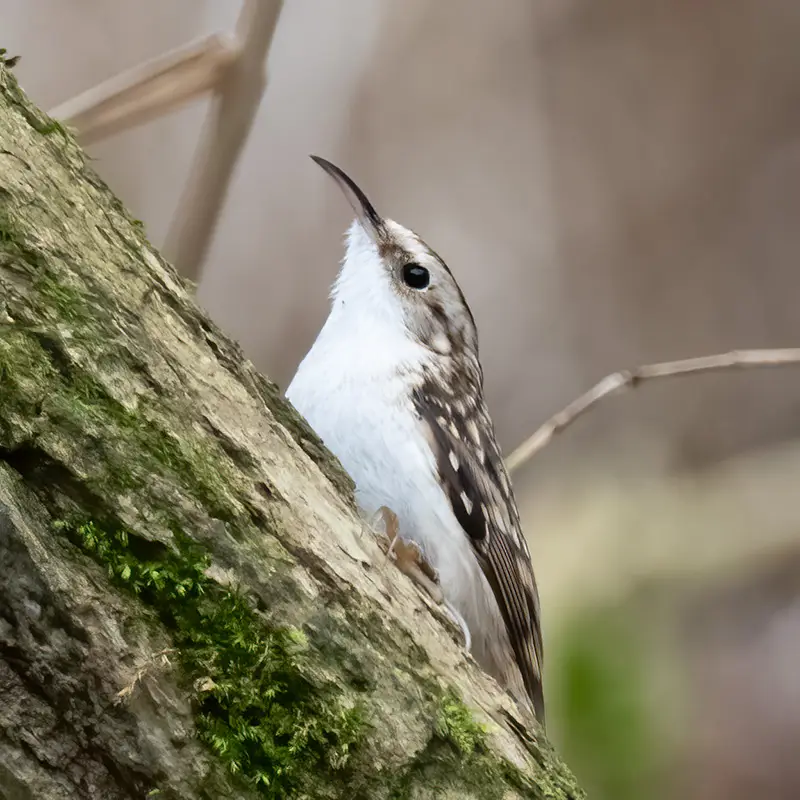
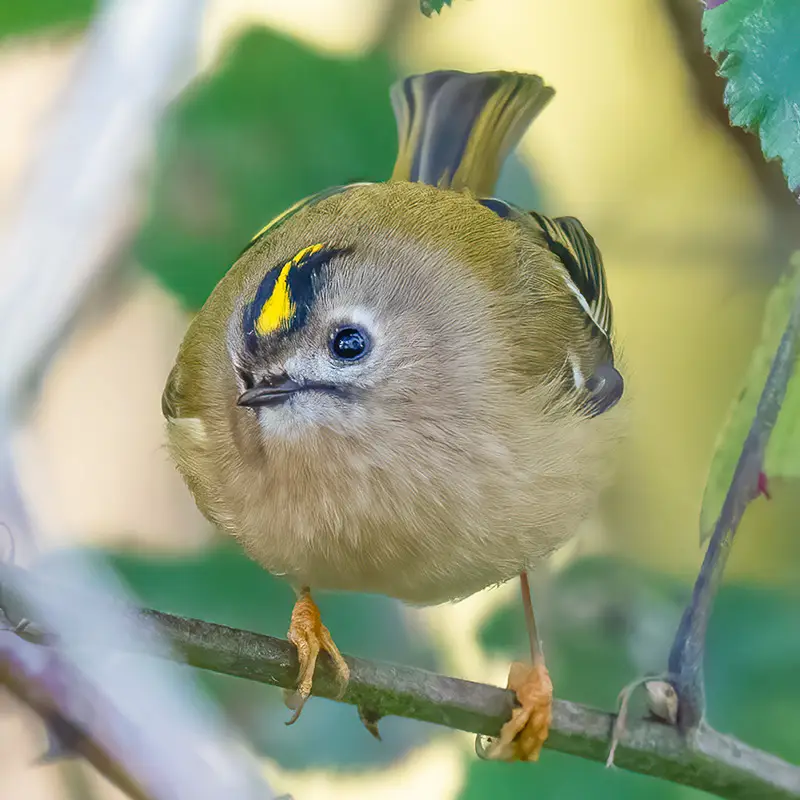
There are always some beautiful butterflies to be seen on the walks around the reserve.
